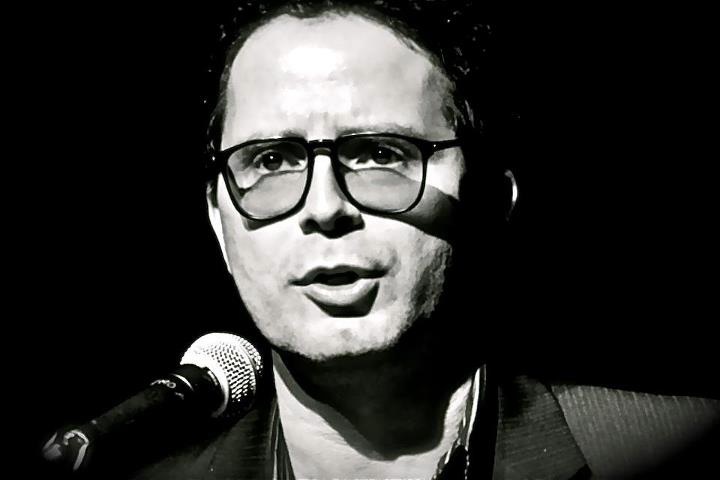Friends,
This is an important piece from my friend and colleague Garry Leech, recently posted on his website,
http://www.colombiajournal.org/colombia295.htm
October 6, 2008
Displacement, Disappearances and Extrajudicial Executions Increase Under Uribe
While many supporters of
One strategy of disappearance allegedly used by the Colombian military has been the kidnapping of youths from poor urban barrios in Bogotá. According to witnesses, the disappeared youths were transported to rural conflict zones hundreds of miles away, executed and their corpses passed off as guerrillas killed in combat. In a recent four-day span, the bodies of 46 such youths were discovered in northern
There has also been a startling increase in the number of extrajudicial executions perpetrated by state security forces since Uribe assumed office. According to the International Mission to Observe Extrajudicial Executions and Impunity, there were at least 955 unpunished cases of extrajudicial executions perpetrated by the Colombian army between 2002 and 2007—almost double the 577 incidents during the previous five-year period. Many of these cases consisted of civilians who were killed during military operations so their corpses could be presented as guerrillas killed in combat to allow the army to boost its body count. The recent discovery of the bodies of the 46 disappeared urban youths suggests that the military’s practice of extrajudicial executions is continuing unabated.
Another troubling human rights issue is the dramatic increase in forced displacement in recent years. After an initial decline during Uribe’s early years, the number of Colombians being forcibly displaced by violence has reached an alarming level. In the first six months of 2008, more than 270,000 people were displaced by violence, a 41 percent increase over the same period in 2007. “Each day, on average, 1,503 people were displaced,” said Jorge Rojas, director of the Consultancy for Human Rights and Displacement (CODHES). “The exodus continues to be a serious, critical, continuing and prolonging manifestation of the humanitarian and human rights crisis our country is going through.” If the rate of displacement were to continue for the remainder of the year then 2008 would become the worst year for displacement in more than two decades, surpassing by far the 412,000 forced from their homes in 2002.
There are a variety of reasons that rural Colombians are being forcibly displaced from their homes. Some find themselves caught in the midst of fighting between leftist guerrillas and right-wing paramilitaries seeking to establish territorial control over strategic regions. Others are displaced by paramilitaries because they live on resource-rich or economically valuable lands, particularly on the country’s Pacific coast where Afro-Colombian communities have been threatened by the expansion of the African oil palm sector.
However, one of the principal reasons for the dramatic increase in the number of displacements has been the aggressiveness of the Colombian army’s counter-insurgency operations under Uribe. As Colombian soldiers access remote rural communities located in regions traditionally controlled by the guerrillas, they often accuse villagers of being rebel sympathizers and forcibly displace the local population. This process has been particularly evident in the department of Nariño, where the conflict has been at its most intense in recent years.
While most mainstream media portrayals of
From Colombiajournal.org

No comments:
Post a Comment